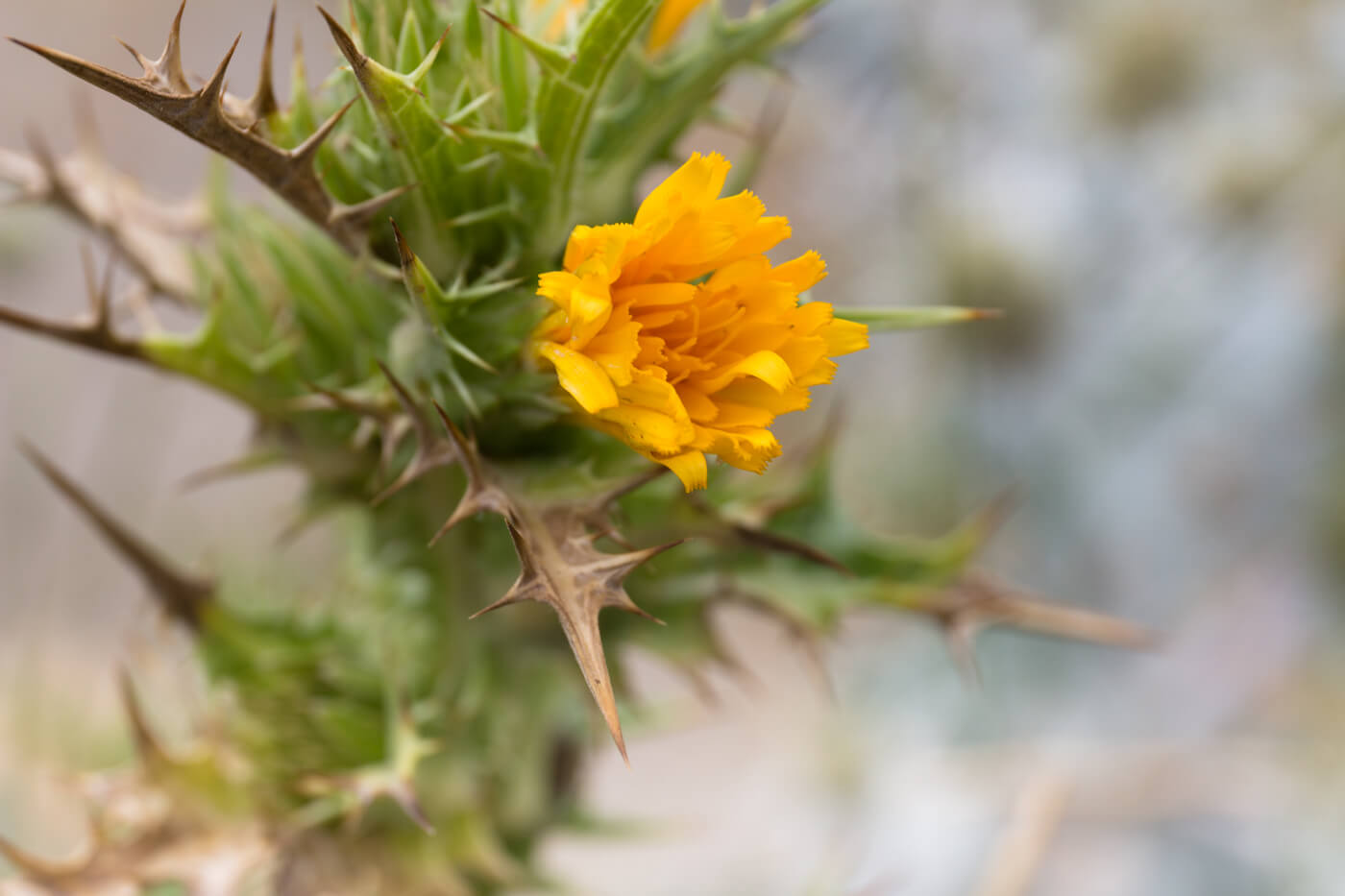Australian Plant Census (2011) available at: Vascular Plants APNI (biodiversity.org.au).
Auld, B.A. and Medd, R.W. (1987) Weeds: an illustrated botanical guide to the weeds of Australia, Inkata Press, Melbourne, Victoria.
Australia's Virtual Herbarium (AVH) (2007). Council of Heads of Australian Herbaria (CHAH). Available at: Home - AVH (chah.org.au)
Darby, S., Bruzzese, E., Williamson, R. and Faithfull, I. (1999) Golden Thistle. Landcare notes, Keith Turnbull Research Institute, State of Victoria Department of Natural Resources and Environment.
Department of the Environment and Heritage (DEH) (2004) European wild rabbit (Oryctolagus cuniculus); invasive species fact sheet, Department of Environment and Water Resources.
Harden, G.J. (ed) (1992) Flora of New South Wales, Volume 3, Royal Botanic Gardens, Sydney.
Holst, P.J. & Allan, C.J., Targeted grazing of thistles using sheep and goats. In Woodburn, T.L., Briese, D.T. and Corey, S. (eds) Thistle Management, Proceedings of a workshop held at CSIRO Division of Entomology, Canberra on 12-13 June 1996. Plant Protection Quarterly Vol.11 Supplement 2.
INRA (2000) Scolymus hispanicus L. Hypermedia for Plant Protection - weeds (HYPPA). English version.
Murray, L. (1992) Scolymus hispanicus L in PlantNET - The Plant Information Network System of Botanic Gardens Trust, Sydney, Australia (Version 2.0). Available at: PlantNET - FloraOnline (nsw.gov.au)
Nuez, F. and Hernández Bermejo, J.E. (1994) Neglected Crops: 1492 from a Different Perspective, In Plant Production and Protection Series No. 26. FAO, Rome, Italy. p. 303-332. Available at: Neglected horticultural crops (purdue.edu)
Parsons, W.T. and Cuthbertson, E.G. (2001) Noxious Weeds of Australia, 2nd edition, Inkata Press, Melbourne, Victoria.
Victorian Resources Online (2007) Golden Thistle (Scolymus hispanicus) (Nox). Department of Primary Industries Victoria. Available at: Golden thistle (Scolymus hispanicus) (Nox) | VRO | Agriculture Victoria
Agriculture Victoria (2021) Golden thistle Priority weeds factsheet. Available at: Golden thistle | Weeds information | Weeds | Biosecurity | Agriculture Victoria































